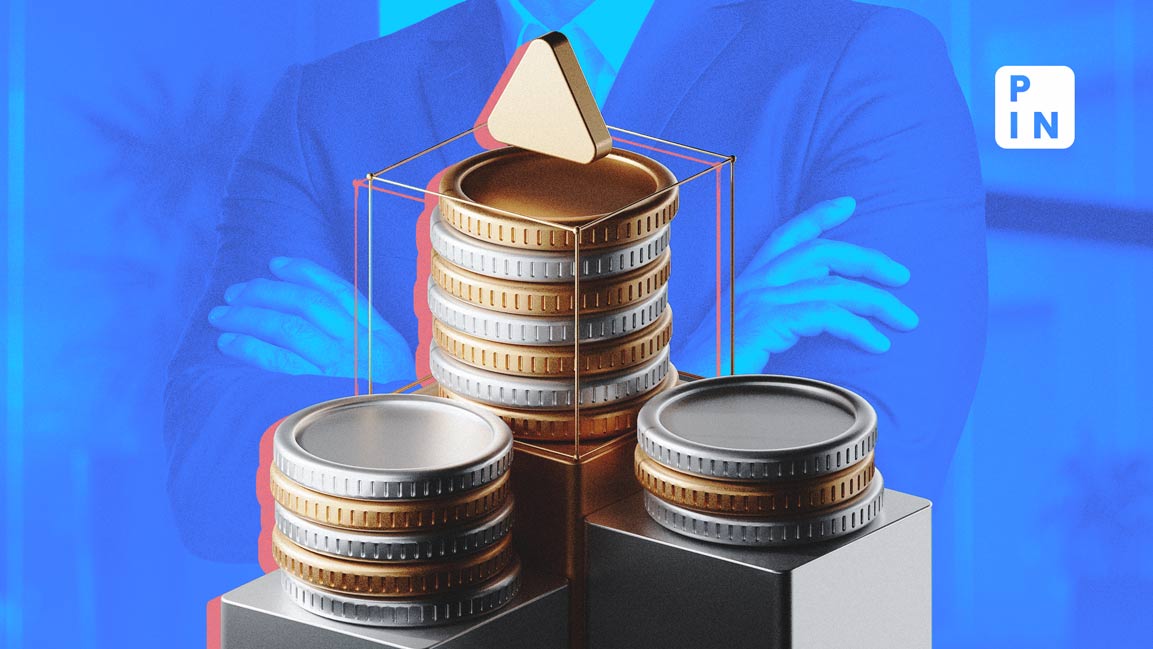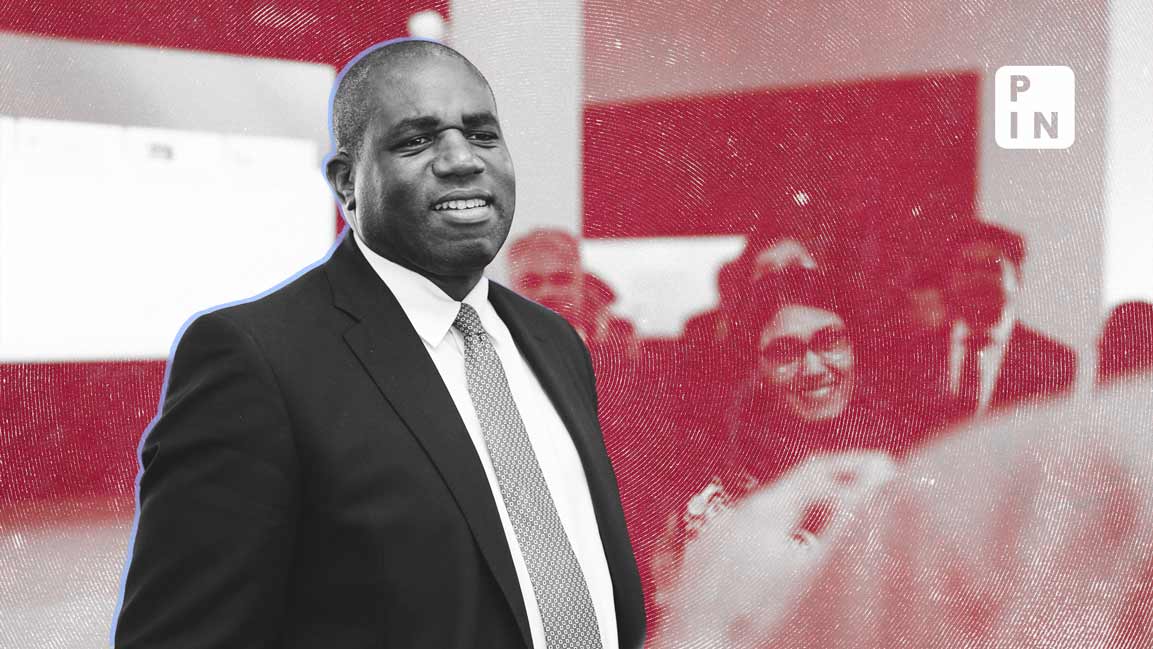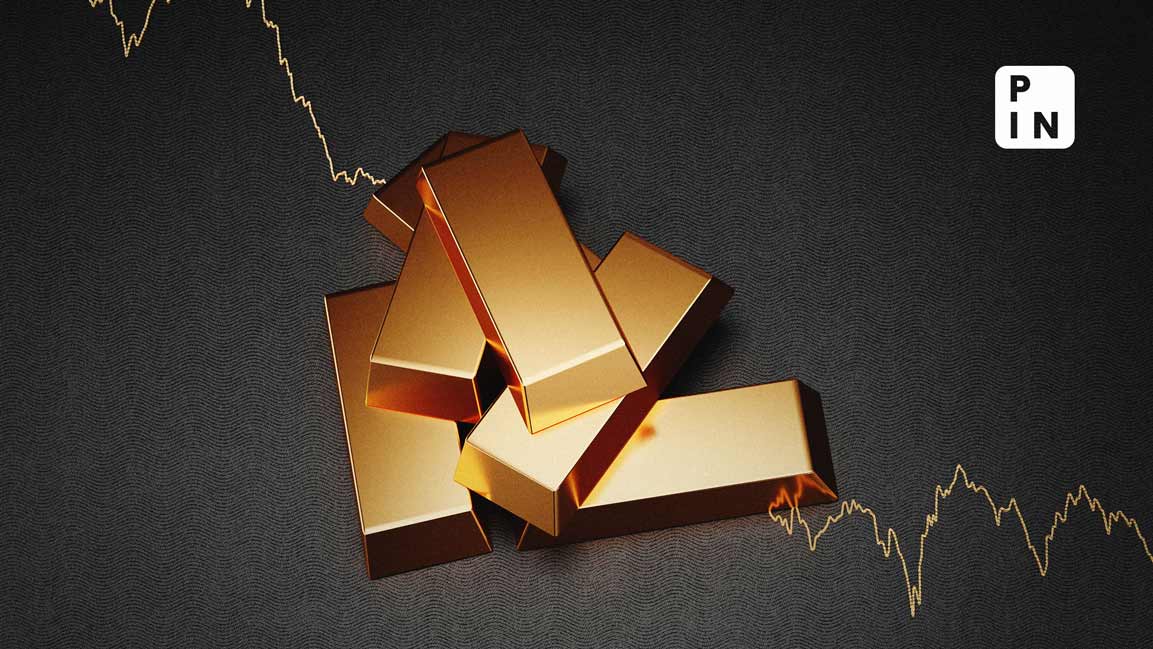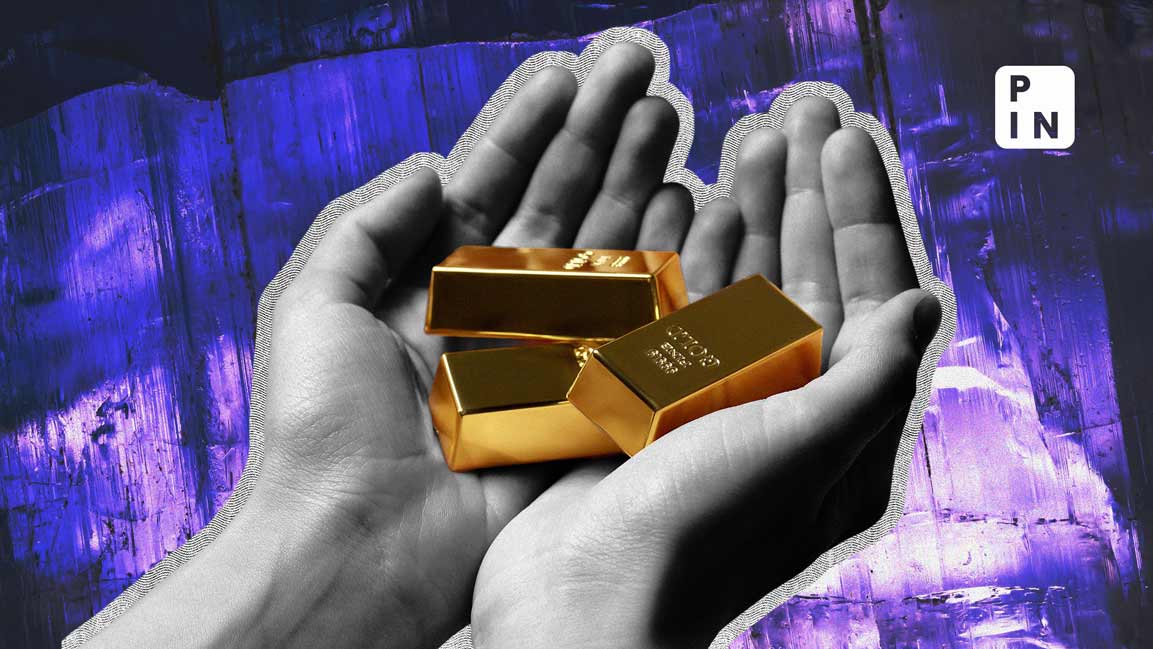- | 2:42 pm
India-UAE CEPA may trigger similar trade deals in GCC
Gems and jewelry sector among main gainers from thriving India-UAE trade under CEPA

The surge in trade between the United Arab Emirates (UAE) and India following the execution of a bilateral agreement is spurring talks for similar deals with other Gulf Cooperation Council (GCC) nations.
Until recently, the dynamics of India’s relationships with its maritime Gulf neighbors were largely shaped by oil trade and remittances from the Indian diaspora. But since the Comprehensive Economic Partnership Agreement (CEPA) came into force in May last year, trade between India and the UAE has boomed.
Bilateral trade with the UAE rose 14% from $67.5 billion between May 2021 and March 2022 to $76.9 billion between May 2022 and March 2023, the Indian government data showed.
Under the CEPA, the UAE cut taxes on nearly all imports from India, benefiting commodities such as oil seeds, beverages, cotton, seafood, textiles, gems and jewelry, pharmaceuticals, and engineering products.
“CEPA is increasingly emerging as the model for an effective and mutually beneficial economic partnership. By removing or reducing tariffs on 80% of goods, the UAE and India are benefiting from mutual strengths and ushering in an era of dynamic, sustainable growth,” a UAE embassy official said.
“In the 12 months since the CEPA’s implementation, bilateral non-oil trade hit $50.5 billion, a 5.8% increase when compared with the previous 12 months, in a clear indicator of the growing strength of our partnership. These figures, achieved despite a general decline in global trade, show UAE and India are on track to meet our $100 billion bilateral trade target by 2030,” the official added.
The gems and jewelry sector has got a fillip from the bilateral deal, exporters said.
Exports of gems and jewelry to the UAE rose 1.5% to $5.9 billion in the fiscal to March 2023 from $5.81 billion in the previous year, data from the Gems and Jewellery Export Promotion Council (GJEPC) showed.
“Following the CEPA, Indian manufacturers can get gold 1% cheaper till up to 140 metric tons. Indian jewelry exports to the UAE are now 5% cheaper than those from prime competitors Malaysia and Turkey,” GJEPC chairman Vipul Shah said.
A little push from the government is also helping traders and exporters.
“Indian jewelry exporters were already competitive before CEPA came into force. Exporters now get a 5% duty waiver in the low-volume but high-value segment. The government has also encouraged exporters to set up warehouses and showrooms in the UAE,” Ajay Sahai, director general and chief executive officer of the Federation of Indian Export Organisations (FIEO), said.
The CEPA attracted big Indian jewelry retail chains such as Tanishq, Malabar Gold and Diamonds, and Senco, to either set up shop or accelerate their expansion in the UAE.
This May, GJEPC, along with India’s ministry of commerce and industry, opened an India Jewellery Exposition Centre (IJEX) in Dubai to help small and medium jewelry businesses showcase their indigenous products.
Independent analyst Niranjan Marjani said: “CEPA is not just about bilateral trade, but about overall diversification of India-UAE relations. CEPA plays a crucial part in this as India’s overall relations with the Gulf countries were mostly limited to oil trade and remittances from the Indian diaspora. Now, that is changing. India wants to expand its outreach in the Middle East. With CEPA, both UAE and India are on track to achieve $100 billion in trade by around 2030.”
To be sure, the Middle East accounts for about 40% of India’s gems and jewelry export, GJEPC data showed.
Meanwhile, Indian exporters are hopeful of the government entering into similar agreements with Australia, the UK, Canada, and European Union.
India has signed 13 free trade agreements (FTAs) and six preferential trading pacts to boost global access to Indian goods, Union minister Anupriya Patel told the Indian parliament in December last year, adding that New Delhi is involved in talks with UK, Canada, and Australia for similar agreements.
The India-UAE bilateral deal, meanwhile, also covers 11 service sectors ranging from communications and software to construction and related engineering services.
Rupa Naik, executive director at the World Trade Center (WTC) in Mumbai, said, “CEPA is a promising agreement to promote cooperation in the services sector, where India has a distinct advantage. In this sector, UAE has given market access for Indian service providers across legal, software services, and professional services such as accounting, management consulting, scientific testing, research and development, and so on.”
“The UAE is the second largest export destination of India, the seventh largest source of foreign direct investment into India, and hosts the second largest population of overseas Indians after the US. Under CEPA, Indian companies have a huge opportunity to export pharmaceuticals, footwear, readymade garments, textile, gems and jewelry, engineering goods, and other products to UAE and the entire world as UAE is a global trading hub,” she added.
Despite the booming trade, some sectors lagged behind the rest though some of them have seen a spurt in exports in the current fiscal year.
Arun Kumar Gharodia, chairman of the Engineering Export Promotion Council, said, “Due to depressed global demand, engineering exports to UAE saw an 11% decline in the last fiscal year, but in April and May this year, exports to UAE have picked up by 25%.”
Meanwhile, the surge in trade between UAE and India over the past year has caught the attention of the other countries in the Gulf Cooperation Council – Bahrain, Kuwait, Oman, Qatar, and Saudi Arabia.
“Talks for a free trade agreement with GCC started a decade ago. A framework agreement on economic cooperation between India and GCC was signed in 2004. There had been no progress since then. It was only last November that India and the GCC agreed to resume talks,” Marjani said.
“Booming trade between India and the UAE could be a trigger for other GCC members to enter into similar agreements with India, with the CEPA itself containing a clause that the deal could be expanded to others in the GCC,” he added.
FIEO’s Sahai said having such a trade arrangement with GCC will be relatively easy.
“As GCC is a customs union, the standards in member countries, except for a few products, are similar. Acceptance in other GCC countries would be easier once exporters earn acceptability for their products in the UAE, a connoisseur market for product quality,” Sahai said.
The potential for similar arrangements with other GCC members doesn’t just offer new opportunities for India but also sets a precedent for other nations looking to tap into the economic benefits of such partnerships, analysts said.
WTC’s Naik said, “The India-UAE CEPA is a landmark policy initiative to give further momentum to the already strong economic relations between both the countries. The India-UAE relationship is multi-faceted as we have close ties in trade, investment, people-to-people ties, tourism, and so on.”
“Guided by the CEPA framework, the UAE and India are continually exploring ways to deepen bilateral cooperation, drive sustainable growth, foster innovation, and usher in a new era of progress,” the UAE official said.













